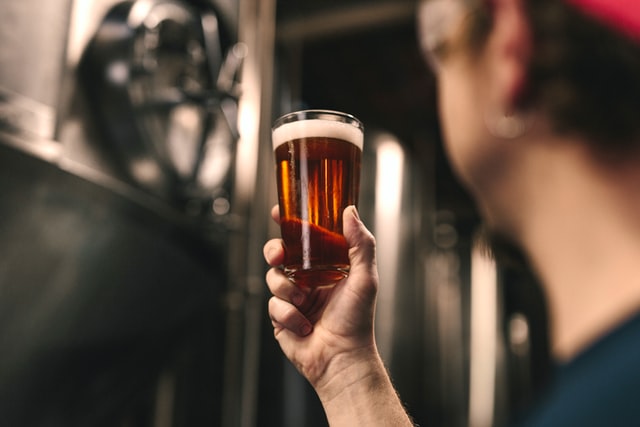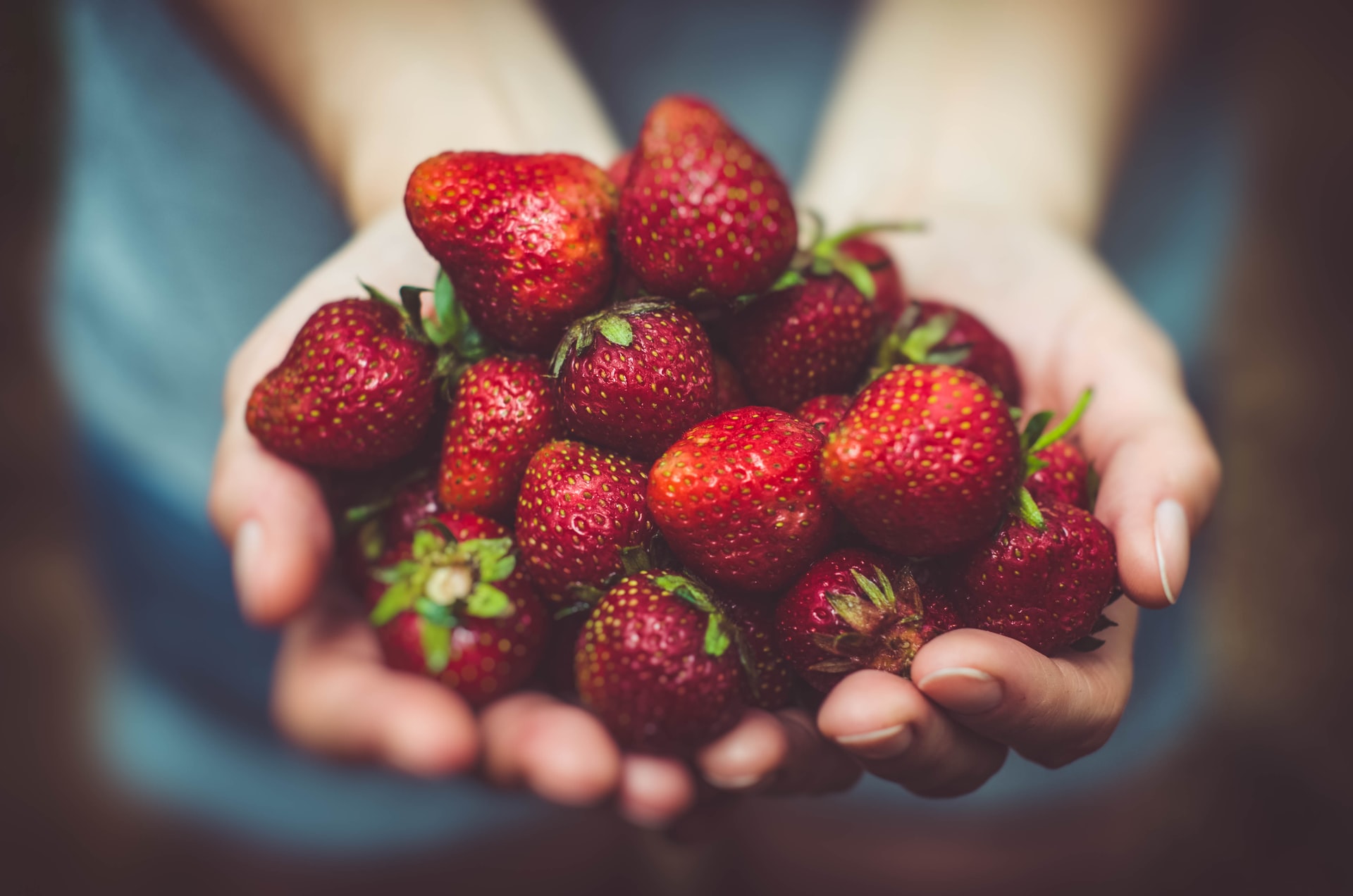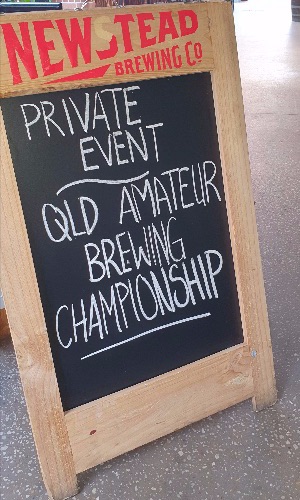By Nick Holt
Are your beers scoring low 30’s and fault free, but your not getting those competition wins? Take heart, these scores are a sign you are really a good brewer. When a judge says a recipe needs some work or tweaking, this indicates that the beer does not meet all the style parameters in the BJCP style guide.
Read this article along with “How to Read a BJCP Scoresheet” for best results.
Guiding Feedback
A good and helpful judge will describe in the overall comments what they think needs changing if its obvious. For example, an IPA that is too sweet is often overuse of crystal malts. However, as they don’t know your recipe, its hard for them to give you exact information on what to change. You can always reach out to the judge afterwards and show them the recipe and ask them what they recommend. Alternatively, you can read their descriptions of your beer in each section and read the BJCP style guide and compare what the style says should be there and what they did and did not detect in the beer. This will give you part of the answer.
A common note judges make like this is the beer needs more specialty malt. Say if they beer was an English porter which used predominantly chocolate malt and the judges noted the roasty chocolate character but no bready, biscuit/toast or coffee notes. This might indicate that your beer could use some Munich, Vienna or other types of crystal malts to round out the flavour profile in addition to the chocolate malt. If you did use these malts, look at increasing the percentage in the grain bill.
Recipe Design
When designing a recipe, the first thing you do should be to read the BJCP style guide to get a good understanding of what the result should be. Also try and get some classic commercial versions of the style to get a good idea against that style. Look up other recipes from other brewers or use the internet/books to find classic recipes. You don’t need to follow these exactly, but they can give you a good head start on designing your own recipe.
Think about what each of the ingredients brings to the beer and why you are adding it. Why are you adding the wheat addition? Is it for head retention? If so, what else will it do to your beer? Will it add body and is that what you want? Similar for crystal malts. They will add caramel notes but will also make the final gravity finish higher. If you don’t know what each ingredient will bring, read their descriptions online, taste the grain and experiment.
Try to use classic ingredients for the style that will be familiar to the judge. A Best Bitter that doesn’t use an English hop might not do as well as one that does even if the flavour profile is right. Similarly, use a yeast that is classic to the style. You might get success with new yeasts but to do well in comps, it will be a risk that it will not be quite right.
Wing It
Also don’t be afraid to call the beer a different style if it turned out a bit different than expected. Say if your IPA turned out a bit too dark and too malty, enter it as an American Amber Ale instead.
Finally, decide what you want out of your beer. If you want to make your American Wheat with a boat load of hops because that’s how you like it, then do it. It might not do well in a comp but you will have a beer you love to drink, and that’s the main thing!











